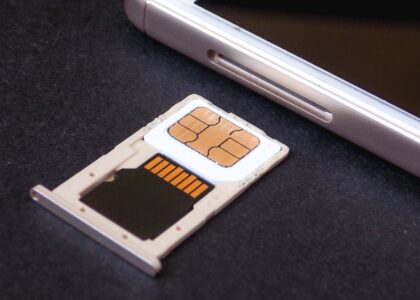Recently, I had written a post about finding comfort in inconsistency, and as I live through another change of moving to Tokyo, I have realized that throughout the past year, there are quite a number of habits I’ve added to my routine in order to keep (some) things of my ever-changing life in order. So here, I thought I would share some of the methods and apps I use to track my life. I often find that it’s easy to let life slip by and not know where our time has gone. A few years back, I had taken a time management course which required us to plan out our hours and allocate the time we would use to eat, sleep, see friends, and work, which opened my eyes to how little free time we actually have. As each year passes, we wonder why our goals stay incomplete. Some of these methods have been part of my life for the last two years, while others have been implemented in the last couple of months, but either way, I wanted to share these tips in case you’re looking for ways to gain some control in your own life.
Habit Tracker
Let’s delve into habits. Our habits are among the most crucial aspects of our lives but often go unnoticed. We become so accustomed to the everyday actions we take that we fail to realize their impact on our lives. When attempting to incorporate better habits into my life, I began using a habit tracker, which was a game-changer. Yet scribbling circles on a calendar was only effective for a limited time. At the beginning of this year, I started utilizing a habit tracker through Google Forms. I devised a questionnaire that aligns with important habits in my life that I want to monitor, such as waking up early, meditating, practicing yoga, and exercising. Additionally, at the conclusion of the form, I included a few more elements such as measuring my productivity, tracking my mood, and highlighting the best part of my day. What I appreciate about this method is how Google generates graphs illustrating my progress. This visual representation makes it easier to keep track of my progress, particularly for visual learners. However, there are some drawbacks to this approach; filling out a form every night must become a habit in itself, and there are still days when I forget. Fortunately, I’ve also begun tracking my time, which leads me to my next point.
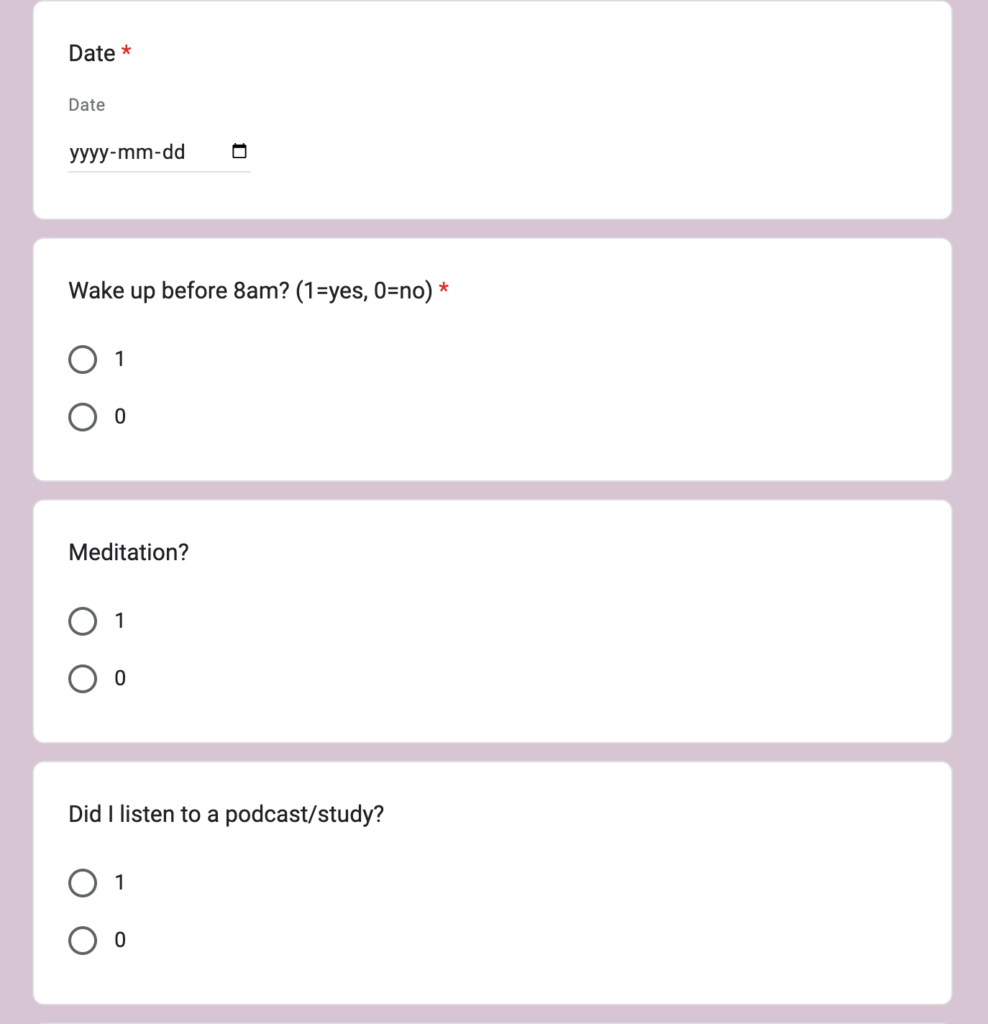
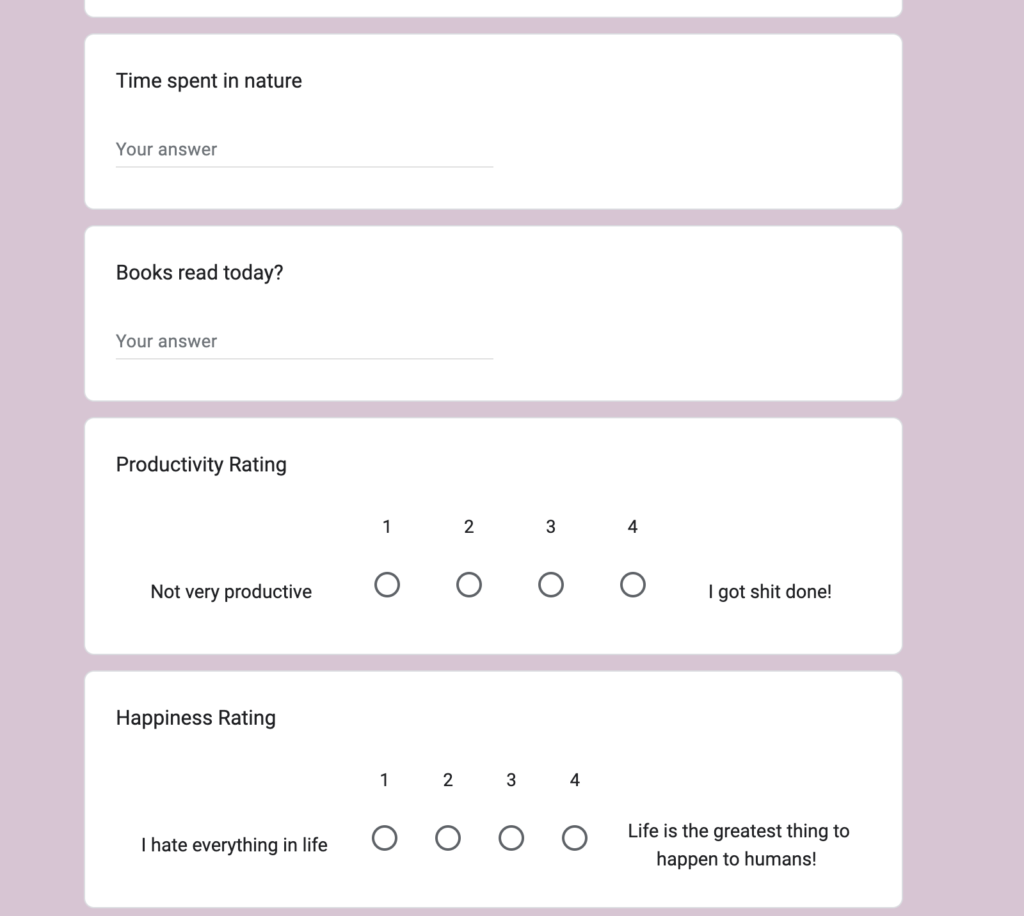
Toggl and Time Tracking
As mentioned earlier, our time can easily slip away without much understanding of where it’s gone. Using this method has been somewhat stressful as it reveals how I’m actually utilizing my time, yet it’s important to be aware of how I spend my minutes. Previously, I attempted to track my time through Google Calendar but often found myself forgetful about my activities a few hours later. Additionally, it’s easy to spend 10 minutes scrolling on our phones without accounting for it in our day. Let’s be real, those small minutes can add up, which is why I use the app Toggl Track. It’s a free app that functions as a stopwatch, allowing me to categorize each activity into different categories such as friends, family, work, exercise, or hobbies. Furthermore, I classify these activities based on whether I liked, disliked, or found them necessary. For instance, if I’m cleaning my room and doing laundry, I categorize this time under misc/chores and mark it as necessary. Through this method, I am able to see how I’ve spent my hours at the end of the year and assess how many activities were enjoyable or disliked, enabling me to make better decisions about how I allocate my time.
Note: I have found this information about Toggl Track and Google Forms from another creator which I would like to give credit to. If you want to check out her video click the link here
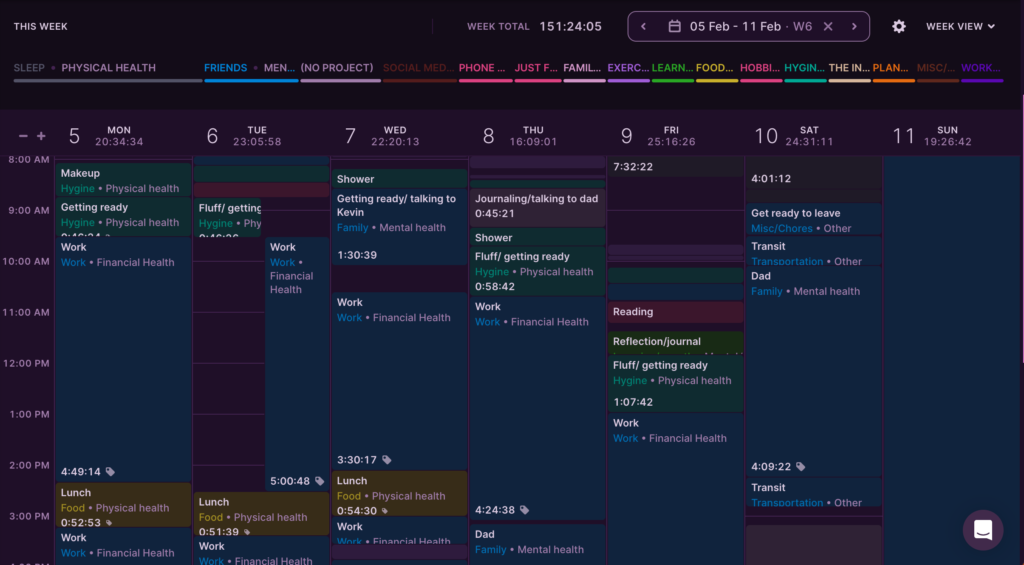
Expenses
This category I’ll briefly cover because I’ve already created a blog post about it, which you can check out here: Traveling on a Budget: How I Track My Expenses On The Road . However, another important aspect to measure in life, especially during travels, is expenses. To track my expenses, I create a page on my notes app with the date, and after each purchase, I ensure to quickly jot down the exact cost and the place I spent my money. Then, every Sunday, I sit down and record my expenses on a Google sheets. Here, I can categorize each purchase under different allocated categories such as groceries, dining out, shopping, or utilities. Subsequently, I compare my budgeted spending with my actual expenses to determine if any adjustments are necessary.
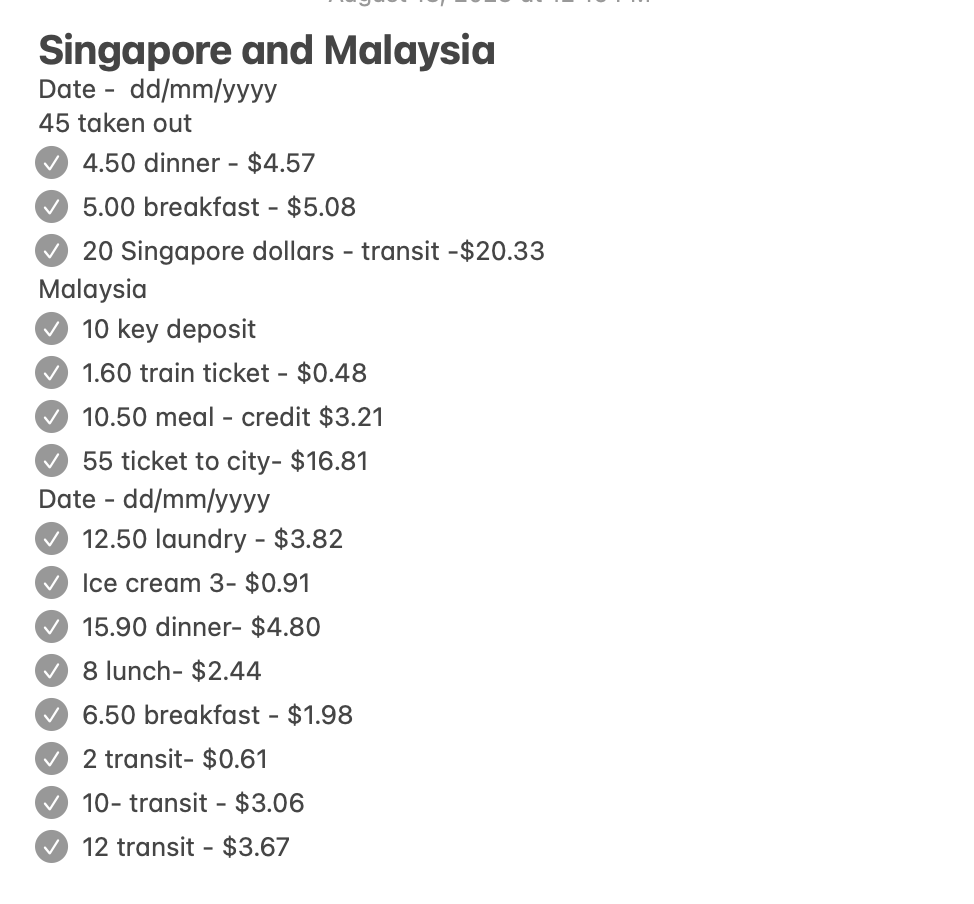


Goals
The last topic I want to cover is one of my favourites and has become a therapeutic part of my weekly routine. Using Notion, I create weekly, monthly, and quarterly reflections to fill out and complete each week. Here, I will go through weekly questions covering different aspects such as: what gave me energy, what drained my energy, what hasn’t been working, some ideas to change that, things I am grateful for, time spent on my phone, and goals to complete for the week ahead. Spending around 15 minutes filling out these questions, I then move on to Notion to create a weekly to-do list with various tasks to complete throughout the day. Some are categorized as the most important, while others fall under self-care or simply extra activities I’d like to pursue, such as hobbies. Considering the mistakes and success of my last week, I can better plan how to move forward in the following week, making sure I am constantly working towards the goals I want to pursue throughout the year.
Notion Weekly Planner Templates
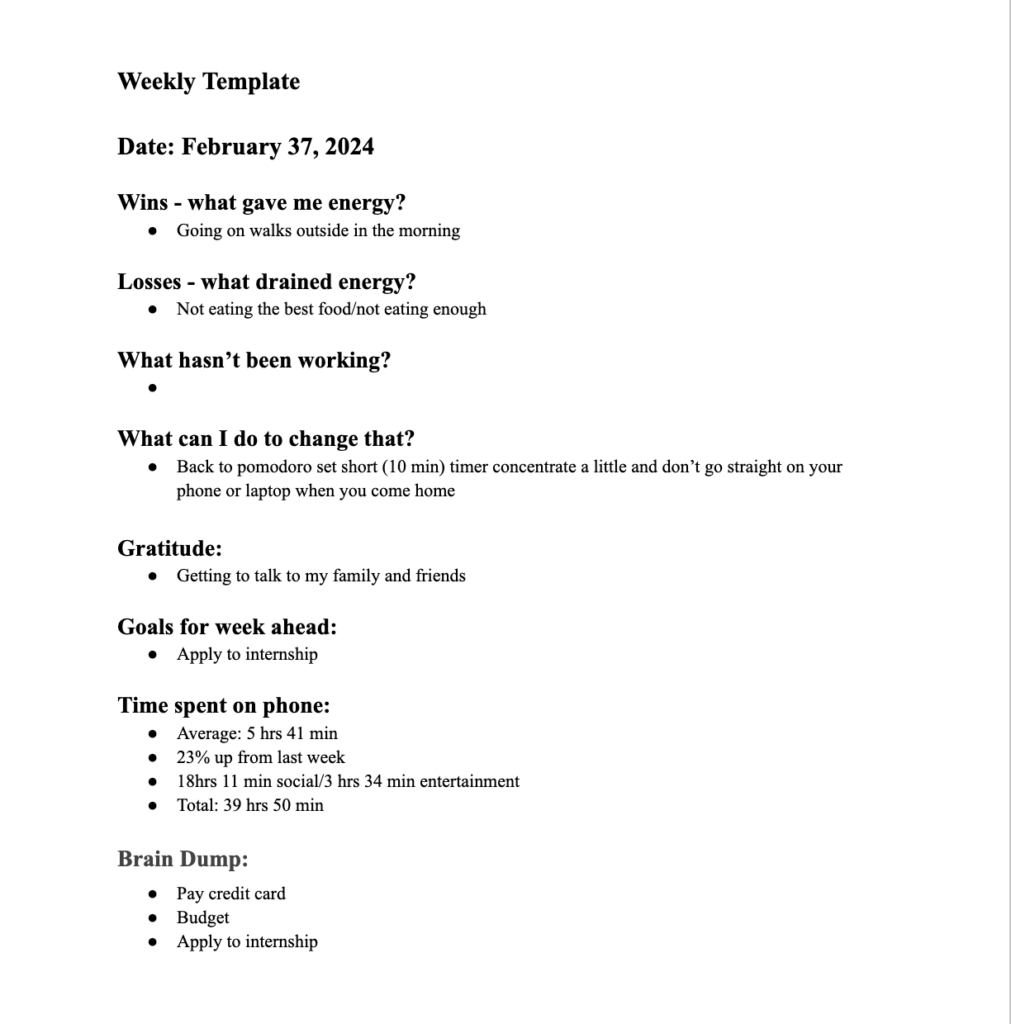
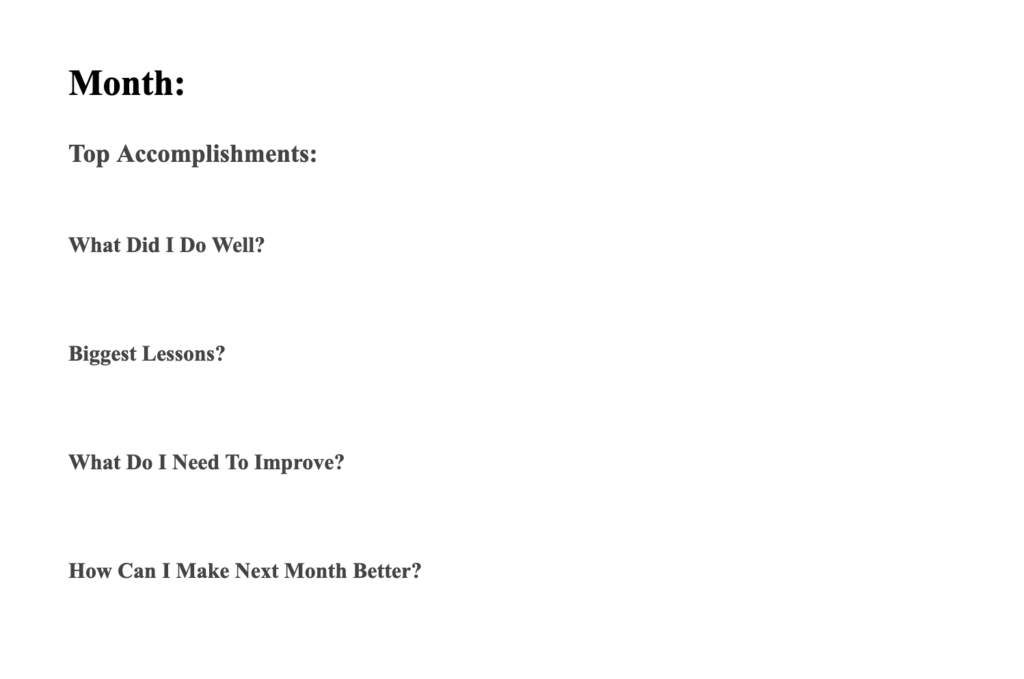

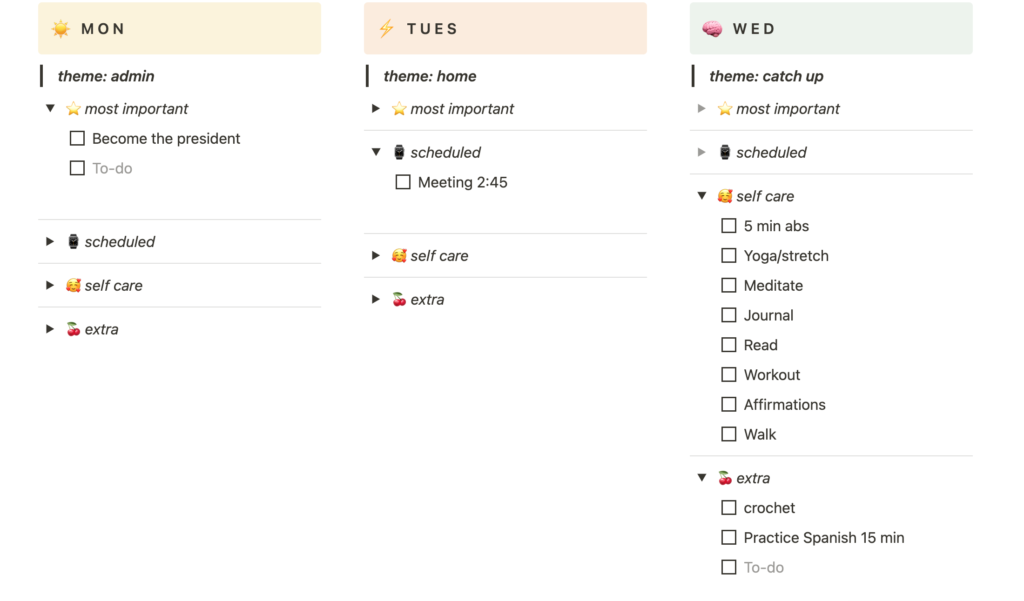
The different habits I’ve incorporated into my life to keep track of have been added slowly throughout the last year, with the sole purpose of providing assistance. I believe it’s always beneficial to have awareness about our lives, but it’s also important to understand that implementing such practices doesn’t guarantee perfection. Despite tracking my time and completing weekly reflections, there are still different goals I fail to accomplish, and at times, I’ve felt like my life is a complete mess. However, as they say, it all begins with awareness. I find comfort in the hope that by the end of this year, I’ll have a clearer understanding of how I spent my time, consciously engaging in activities that I’m grateful to have invested my time in instead of just living my life on autopilot.




